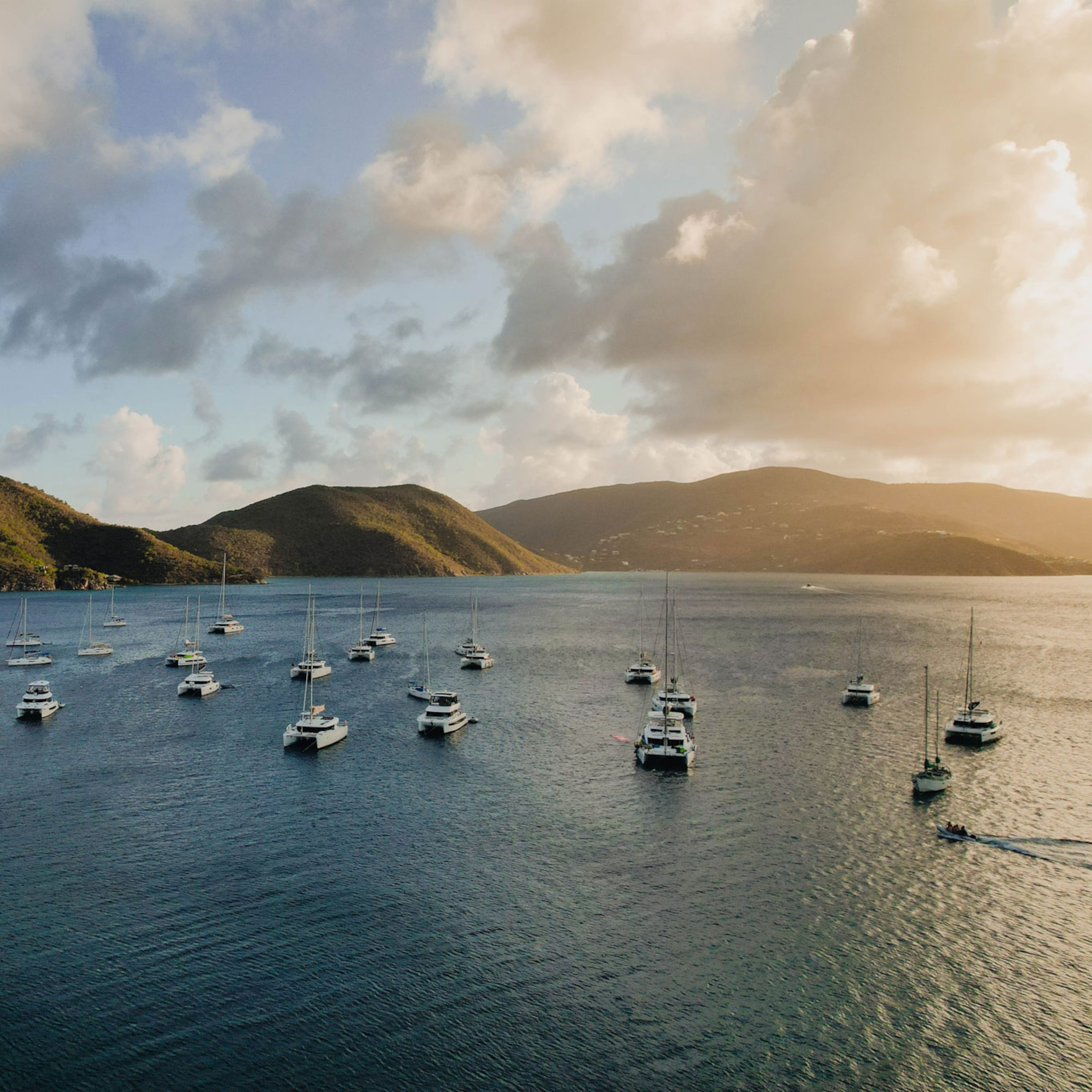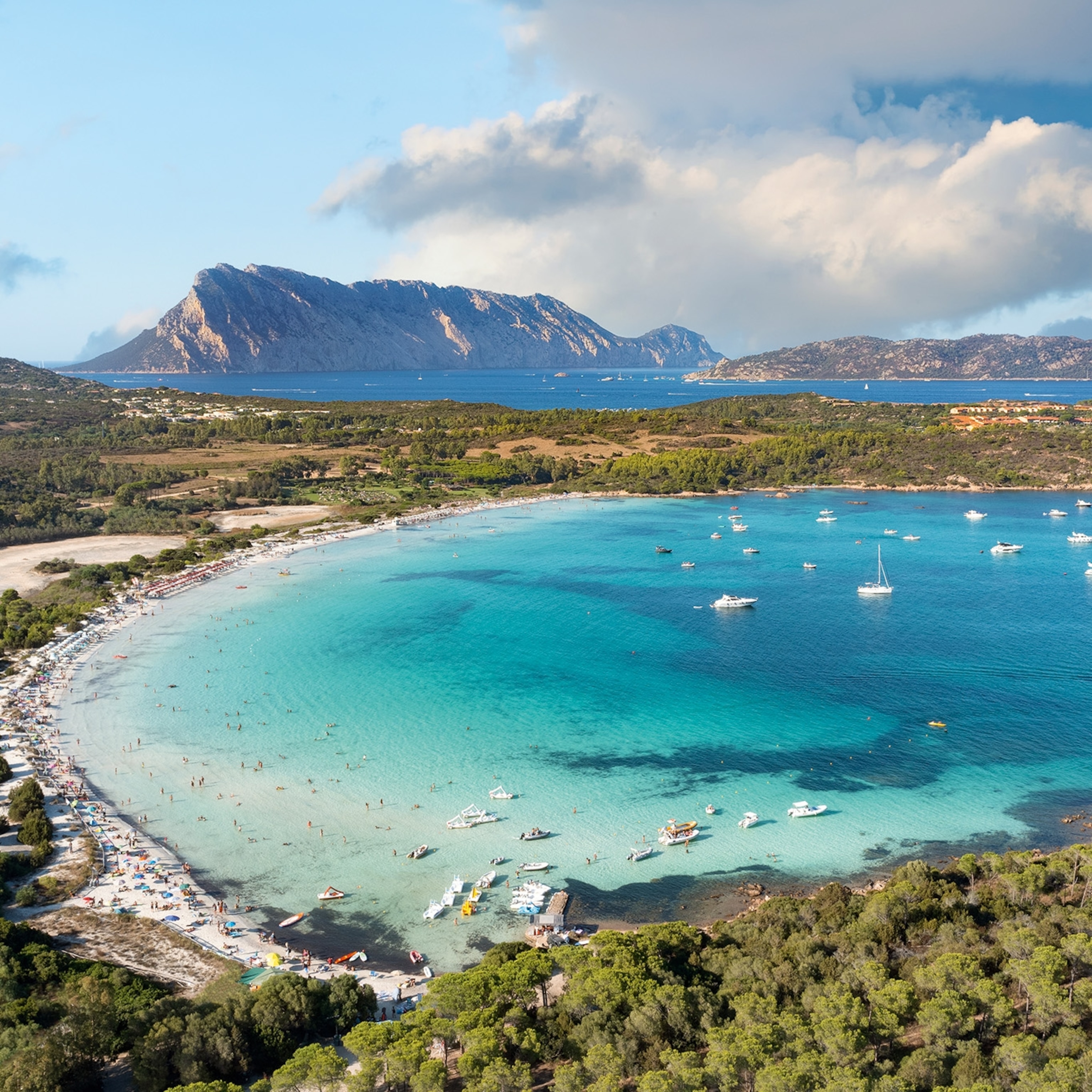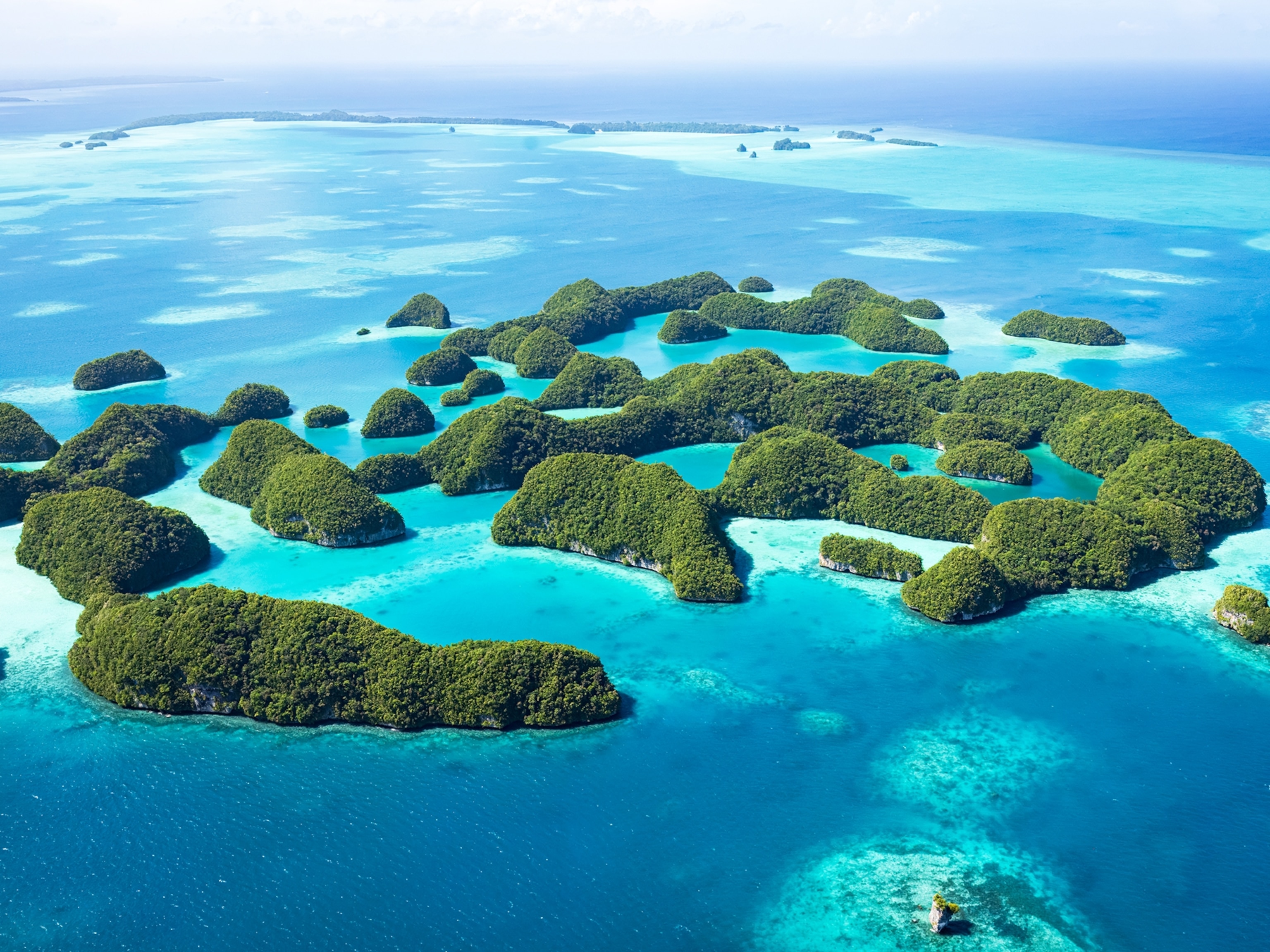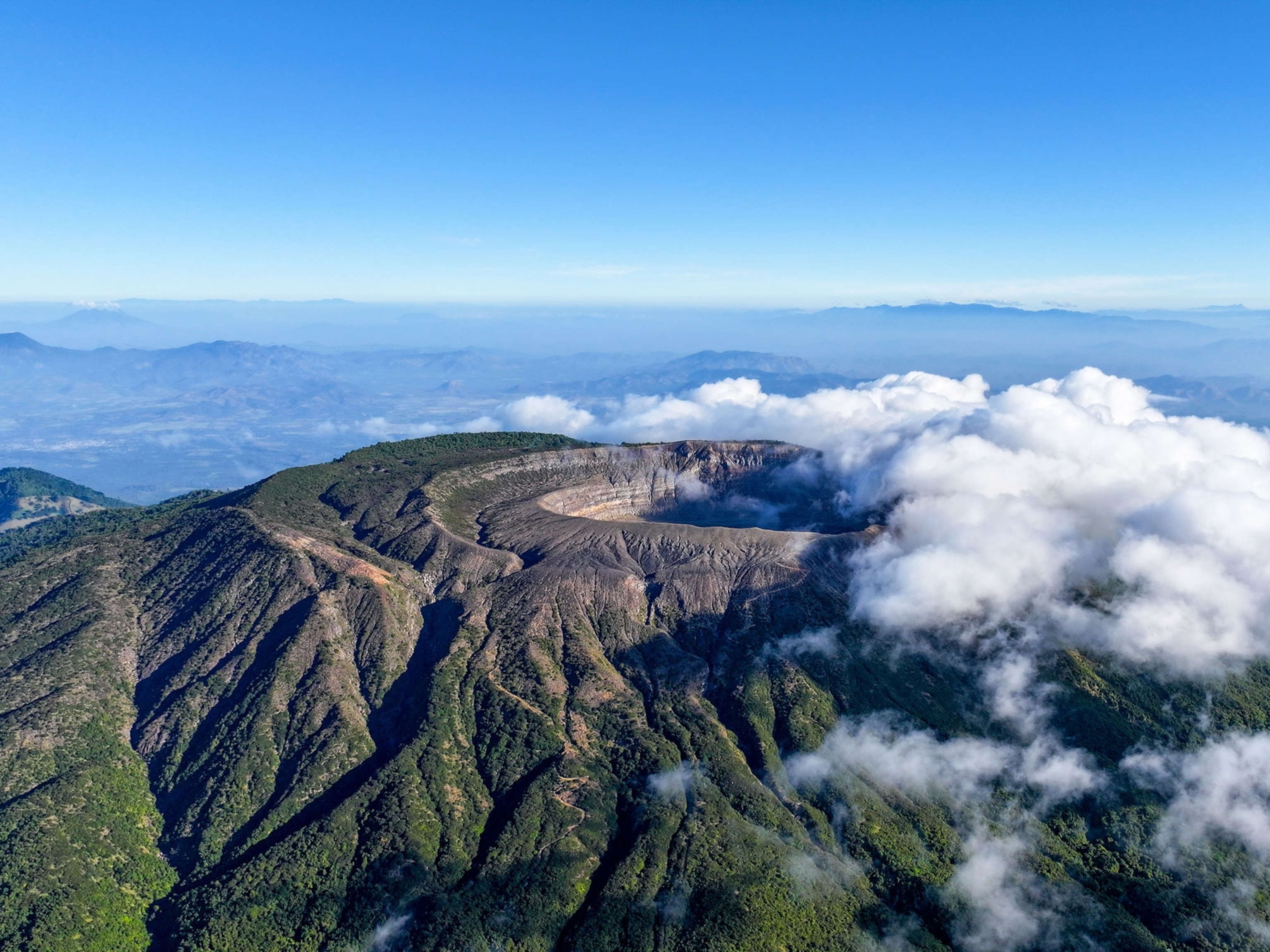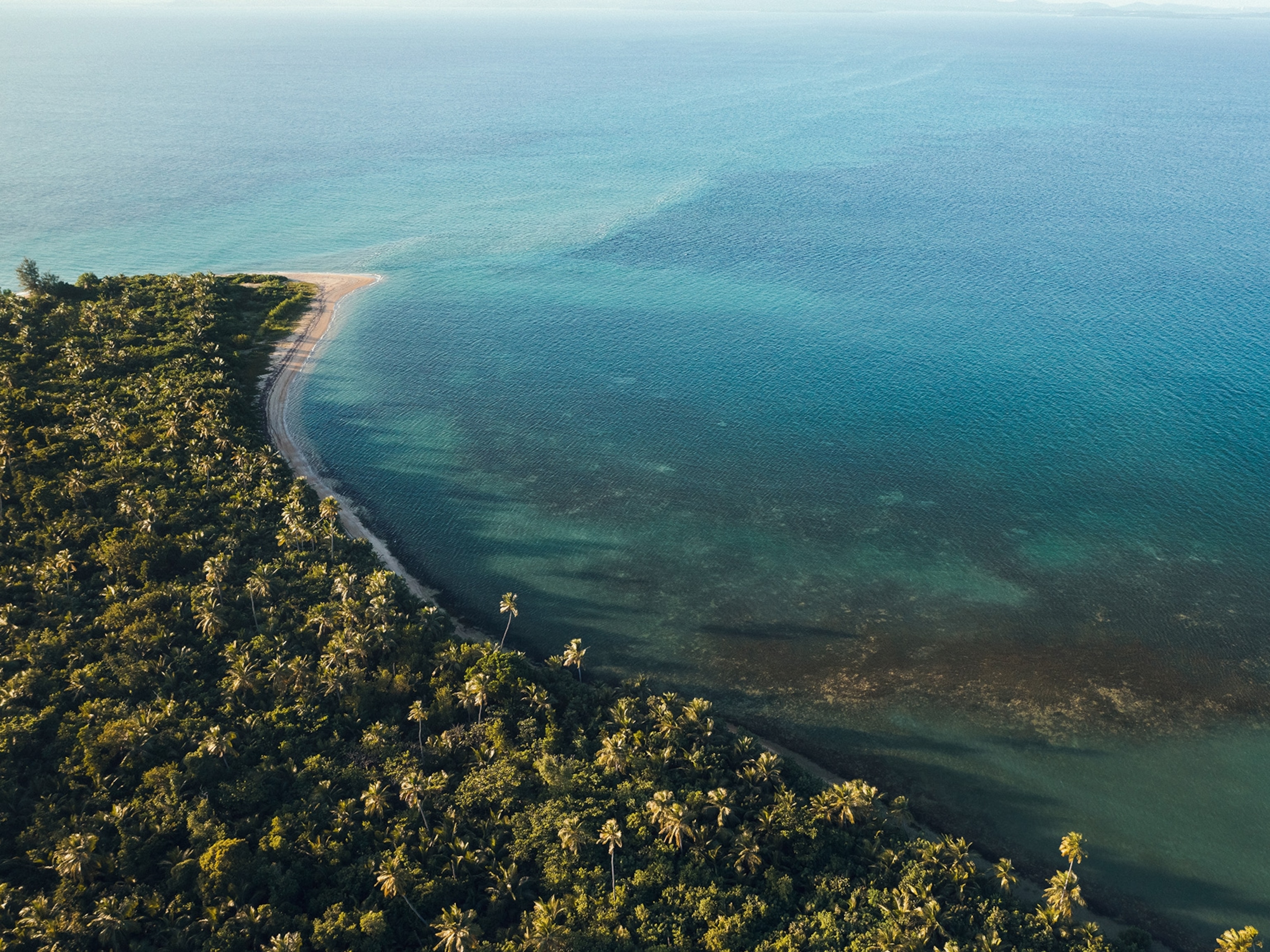
Anyone can discover a fossil on this beach—if you wait out the tides
In New Brunswick, the world’s highest tides reveal fantastic fossils, from giant dragonflies to dinosaur footprints.
If you want to see where dinosaurs walked and giant, ancient centipedes crawled, just follow their footprints. That’s what scientists are doing in New Brunswick, Canada, where the world’s highest tides rush and recede over 40 feet twice per day in the Bay of Fundy. Amid rugged foothills and rock cliffs along the Atlantic Ocean, this phenomenon is revealing one of North America’s richest caches of fossils.
While researchers make most of the discoveries in this less visited province, citizen scientists—students, local residents, and even visitors—have been involved in a number of significant finds. It’s a welcome assist in a place where a piece of the ancient history puzzle might vanish as quickly as it emerges.
“It’s a race against the tides,” says Matt Stimson, a geology and paleontology curator at the New Brunswick Museum in Saint John, the province’s largest city. “Mother Nature is doing the excavation work for us. Something new is continually exposed. But it can also be erased.”
Here’s how travelers can see fossils—and help find new ones.
A rich fossil record
Scientists have recognized New Brunswick’s paleontological abundance since the 1840s, when coal mining revealed fossilized flora and fauna. Over the Earth’s three evolutionary eras, the region has been a volcanic incubator of invertebrate life; an oxygen-rich, biodiverse rain forest that gave rise to dinosaurs; and a tundra dominated by furry, roving giants like mastodons.

Significant recent discoveries include invertebrate and vertebrate tracks trapped in stone along the beaches of the Atlantic coast. “When we stopped looking just for bones, the discoveries were eye-opening,” Stimson says. “An animal can only leave one body or skeleton, but thousands of footprints.”
New Brunswick Museum research associate Olivia King has made several notable finds over the past three years. They include the jaw of a proto-reptile about the size of a salamander and the tracks of the continent’s earliest, possibly tiniest, dinosaur (about two inches long).
(These are some of the world’s best spots to see dinosaur bones.)
“Until recently, people thought all the important fossils were being found in Nova Scotia,” she says of the province southeast of New Brunswick on the Bay of Fundy. Nova Scotia is sometimes called the “coal age Galapagos” due to its fossilized trees, trilobites, and early reptiles from the Carboniferous Period (about 359 to 299 million years ago). “But what we’re finding in New Brunswick is equivalent to or older than sites in Nova Scotia,” says King.
Citizen scientists have turned up many recent finds. Two local college students, Luke Allen and Rowan Norrad, uncovered hundreds of artifacts over the last few years. They include the wing imprint of a previously unknown falcon-sized dragonfly and amphibian footprints dating to Romer’s Gap, a largely undocumented break in the tetrapod (four-limbed animal) fossil record.
How to go fossil hunting
Travelers can dip into New Brunswick’s fossil history at parks and preserves up and down the province’s 1,400-mile-long coastline. Tour guides lead walking, hiking, and paddling excursions. There’s also beachcombing at low tide, when the water recedes as much as 650 feet and you can walk along the gurgling mudflats of the ocean floor.
(Mysterious New Mexico rock formations stand where dinosaurs once roamed.)
You can also go fossil spotting on your own, but consult a tide chart for safety; you have about six hours between the water’s lowest and highest points. Once the tide begins to roll in, it rises a foot every six minutes, and can easily overwhelm a beach in less than an hour.
Some fossil footprints—stuttering zigzags of toe and tail-drag impressions—are found embedded in cliffs; others turn up in rocks the tides scatter across the sand. By provincial law, discoveries must be left in place—like crime scene evidence—and reported to the New Brunswick Museum, which then deploys researchers to evaluate them. If the find is significant, you might see your name recorded in the museum.
To experience the ancient side of New Brunswick, base yourself in Saint John, part of the UNESCO Stonehammer Geopark. Start at the New Brunswick Museum, where more than 23,000 fossils include a juvenile mastodon that perished about 80,000 years ago.
Head 30 miles east to the UNESCO Fundy Biosphere Region, more than a million acres of rugged woodland and craggy coastline stretching from the village of Saint Martins nearly to the Nova Scotia border. Along the biosphere’s beaches, there’s fossil hunting when the waves slurp out.

About an hour-and-thirty-minute drive north, the otherworldly red sandstone cliffs of Dennis Beach and neighboring Waterside Beach have revealed ancient tetrapod and proto-dinosaur footprints. Visitors can go tide pooling here to see tunicates or sea squirts.
Sixty-five miles northeast of Saint John, Cape Enrage gets its name from the turbulent waters that churn over its reef at low tide. The six-acre provincial park offers rappelling, zip-lining, and beach fossil tours where you can spot ferns and large, bamboo-like Calamites.
Hopewell Rocks, New Brunswick’s marquee attraction, is about 20 miles northeast of Cape Enrage. It holds the province’s largest concentration of sea stacks, free-standing rock formations whittled out of the coastline during the last ice age. A limestone ledge along the far end of the beach preserves 340-million-year-old stromatolites, blue-green algae masses that range from the size of a grapefruit to the height of a toddler.
